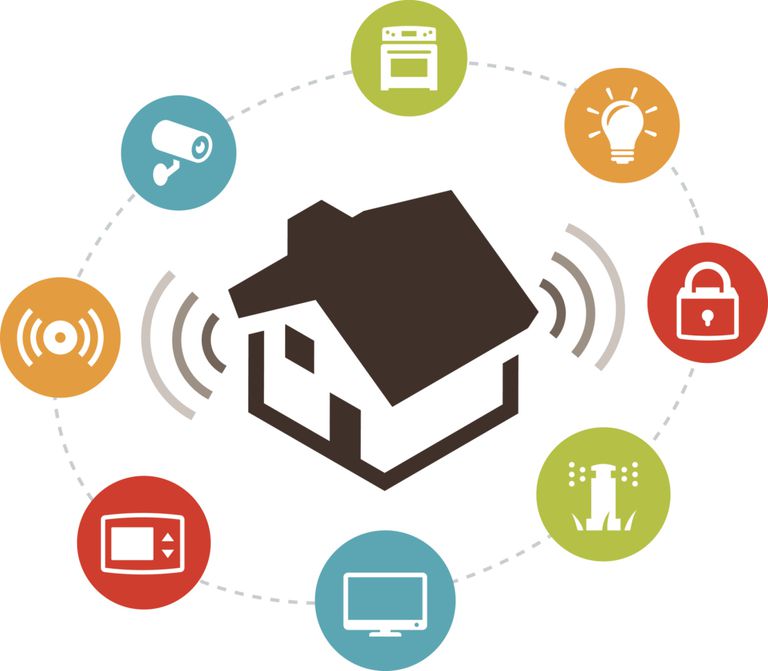The United States faces a fundamental mismatch between surging demand and insufficient capacity.
2026 Physician Fee Schedule, released in July, directs reimbursement toward remote monitoring and value-based care in the home.
Older adults can save tens of thousands of dollars annually by choosing assisted living communities over aging in place in their homes.
Unlike point solutions, Inspiren unifies resident safety, care planning, staffing, and emergency response into a single AI-powered platform.

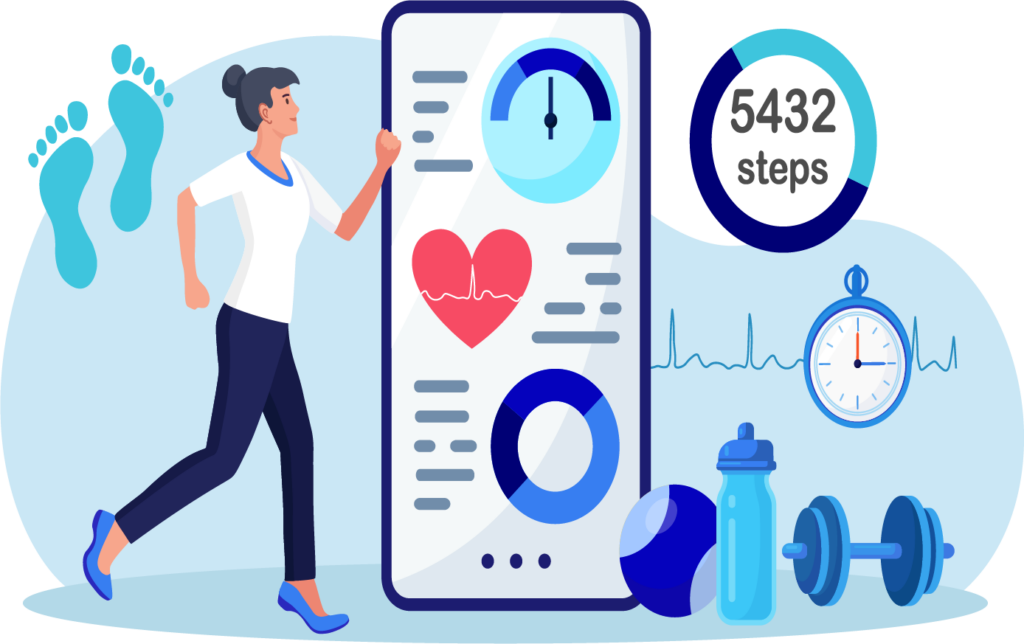 Older adults today are beneficiaries of widespread tech access. And it really does fulfill the 2011 prediction in the AARP report,
Older adults today are beneficiaries of widespread tech access. And it really does fulfill the 2011 prediction in the AARP report,  An old report, the core concept of Connected Living was excellent and predictive. Thirteen years ago, AARP sponsored research that posed questions about technology’s future role in connecting older adults with families, resources and each other. With input from 30 industry experts, the research attempted to determine how technology could better serve older adults moving forward. The result was a 2011 report called
An old report, the core concept of Connected Living was excellent and predictive. Thirteen years ago, AARP sponsored research that posed questions about technology’s future role in connecting older adults with families, resources and each other. With input from 30 industry experts, the research attempted to determine how technology could better serve older adults moving forward. The result was a 2011 report called 
 It’s 2024 -- chatbots, yuck? Given the pace of change in AI technology – both the software and its rate of adoption – it’s curious that recently the
It’s 2024 -- chatbots, yuck? Given the pace of change in AI technology – both the software and its rate of adoption – it’s curious that recently the 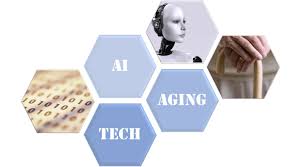 You can read about AI -- it's discussed everywhere. Searches reveal the many
You can read about AI -- it's discussed everywhere. Searches reveal the many  As the year progresses, the older adult population gets the innovators' attention. As it should be, given the swelling older adult market, growing visibility with investors, and increasing attention from the federal government. Rock Health break out the
As the year progresses, the older adult population gets the innovators' attention. As it should be, given the swelling older adult market, growing visibility with investors, and increasing attention from the federal government. Rock Health break out the  The decline of our tech experience was slow
The decline of our tech experience was slow 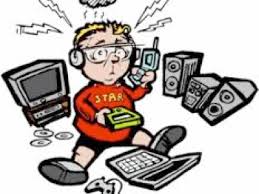 The tech user experience for all ages is mostly depressing. A few delighters here and there break up a constant struggle to produce the right command, find the right part of the right website, and overcome the insanity of bug-fixing updates after updates. And that is if you are well-trained and proficient. Whether it is a phone, a tablet, or a much-needed website, we curse and complain – and then there’s another software update and a new set of complaints. We struggle with appliance and car interfaces, trying to understand the rationale for buttons and screens that are cluttered with too much information. Stay tuned for the May, 2024 report about these user experiences and what can be done to improve them. The April blogs:
The tech user experience for all ages is mostly depressing. A few delighters here and there break up a constant struggle to produce the right command, find the right part of the right website, and overcome the insanity of bug-fixing updates after updates. And that is if you are well-trained and proficient. Whether it is a phone, a tablet, or a much-needed website, we curse and complain – and then there’s another software update and a new set of complaints. We struggle with appliance and car interfaces, trying to understand the rationale for buttons and screens that are cluttered with too much information. Stay tuned for the May, 2024 report about these user experiences and what can be done to improve them. The April blogs: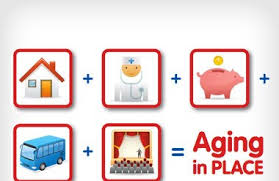 Aging in place -- sounds good, but for many, it won't work. The optimistic older adulta like their home -- and they tell survey firms that they're going to stay. We've heard this before. Ironically, in those days, it may have been a practical idea -- but as older adults age into the years in which they need care, the rising cost of the care they need may outpace their ability to pay, so what then? Family members help out if there are any, if they can, if they're nearby, and if they are willing. A lot of ifs. For the rest, we are entering a period in which more creative options will be needed and some old words, like 'roommates' and 'co-housing' will resurface.
Aging in place -- sounds good, but for many, it won't work. The optimistic older adulta like their home -- and they tell survey firms that they're going to stay. We've heard this before. Ironically, in those days, it may have been a practical idea -- but as older adults age into the years in which they need care, the rising cost of the care they need may outpace their ability to pay, so what then? Family members help out if there are any, if they can, if they're nearby, and if they are willing. A lot of ifs. For the rest, we are entering a period in which more creative options will be needed and some old words, like 'roommates' and 'co-housing' will resurface.